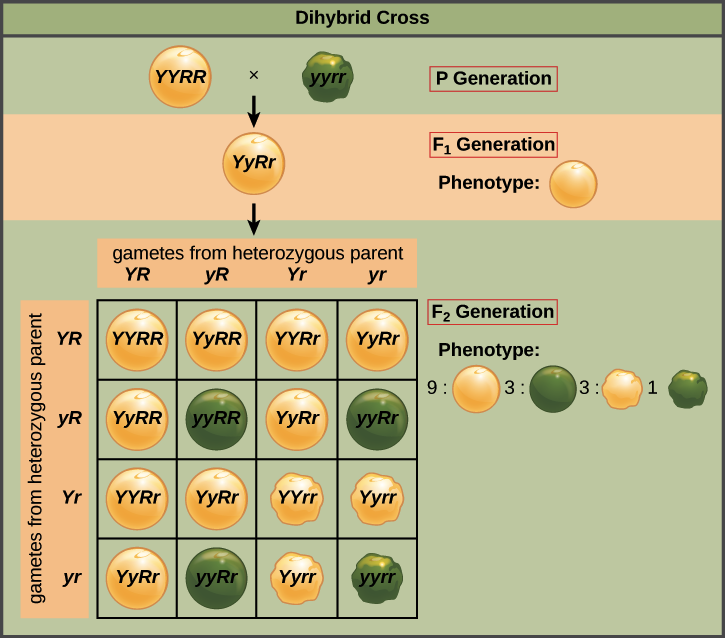The Role of Science in Day-to-Day Life
Science has become an integral part of our everyday lives. From the moment we wake up to the time we go to sleep, science plays a crucial role in shaping our experiences, improving our comfort, and solving our problems. It influences how we communicate, travel, heal, cook, learn, and even entertain ourselves. Without science, modern life as we know it would be unimaginable.
1. Communication and Connectivity
Science has revolutionized the way we communicate. The invention of the telephone, mobile phones, and, most importantly, the internet, has made instant communication possible across the globe. Email, video calls, and social media platforms are all products of scientific advancement in information technology. Whether we are checking the weather forecast or chatting with friends, science is behind every digital interaction.
2. Health and Medicine
The field of medicine is one of the most profound examples of science in daily life. Vaccines, antibiotics, diagnostic machines like X-rays and MRIs, and surgical tools have greatly increased life expectancy and improved quality of life. During global health crises like the COVID-19 pandemic, science played a pivotal role in developing vaccines and understanding the virus.
3. Transportation
Science has transformed transportation, making it faster, safer, and more efficient. Cars, trains, airplanes, and even electric scooters are all products of engineering and scientific innovation. Navigation systems using GPS technology help us reach our destinations without getting lost.
4. Household Technology
From refrigerators and microwaves to washing machines and vacuum cleaners, science simplifies household chores. These appliances save time and energy, allowing people to focus on other important activities. Electricity, a fundamental discovery of science, powers nearly everything in our homes.
5. Education and Learning
Science supports education through technological tools such as computers, smartboards, and online learning platforms. Students and teachers now have access to a world of knowledge through the internet. Learning is no longer limited to textbooks—interactive videos, simulations, and virtual labs make understanding complex concepts easier and more engaging.
6. Environment and Sustainability
Science also plays a vital role in understanding and solving environmental issues. Through scientific research, we learn about climate change, pollution, and resource depletion. Innovations such as renewable energy sources (solar, wind), electric vehicles, and sustainable farming methods help protect the planet for future generations.
7. Entertainment and Media
Whether it is streaming a movie, playing a video game, or listening to music, science makes it all possible. Advancements in sound and visual technology have revolutionized the entertainment industry, making experiences more immersive and accessible.
Conclusion
In conclusion, science is deeply woven into the fabric of our everyday lives. It has made our lives more comfortable, efficient, and connected. While we often take these benefits for granted, it is important to recognize the value of scientific progress and continue supporting it. As science evolves, it will continue to shape our future and offer solutions to the challenges we face.
